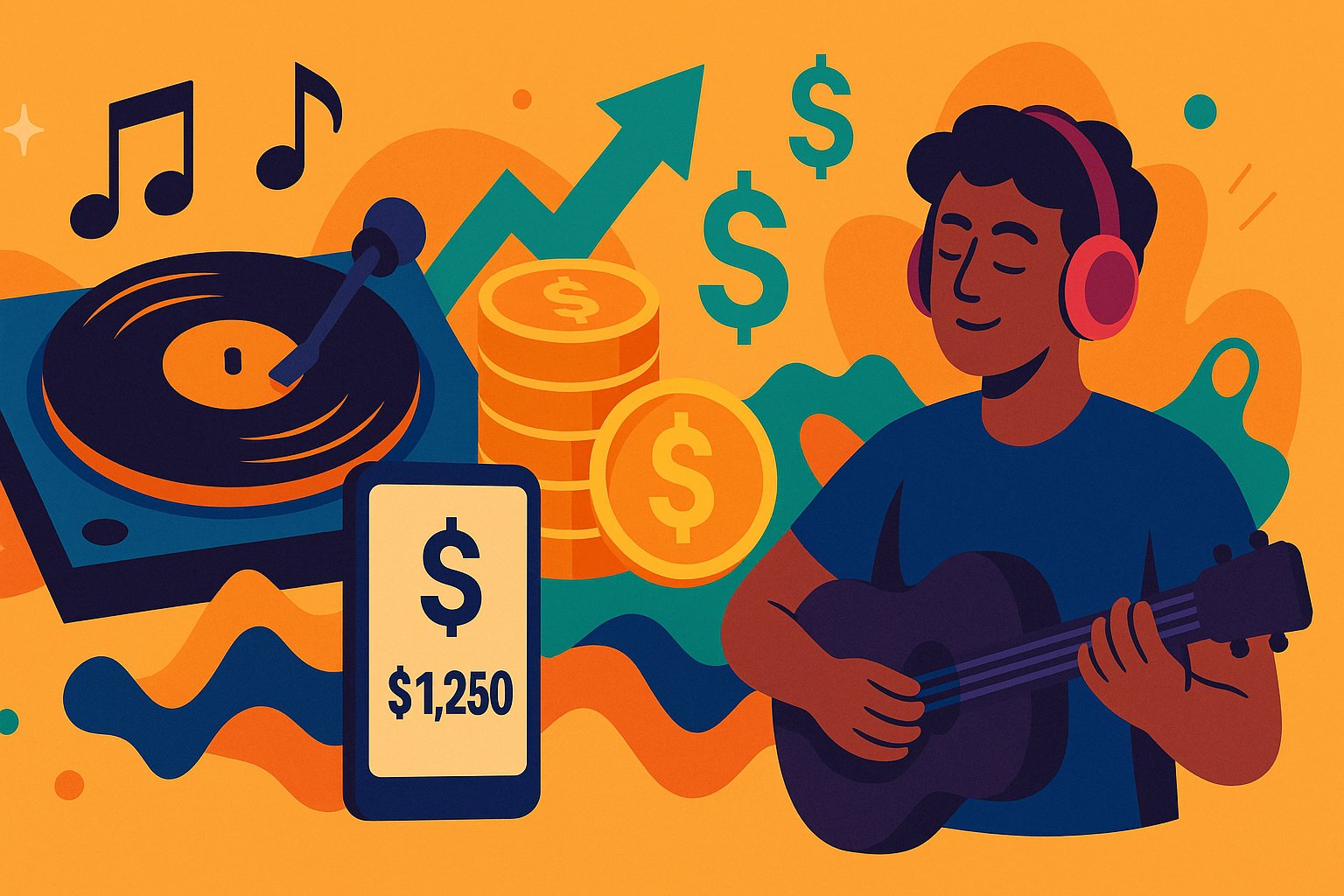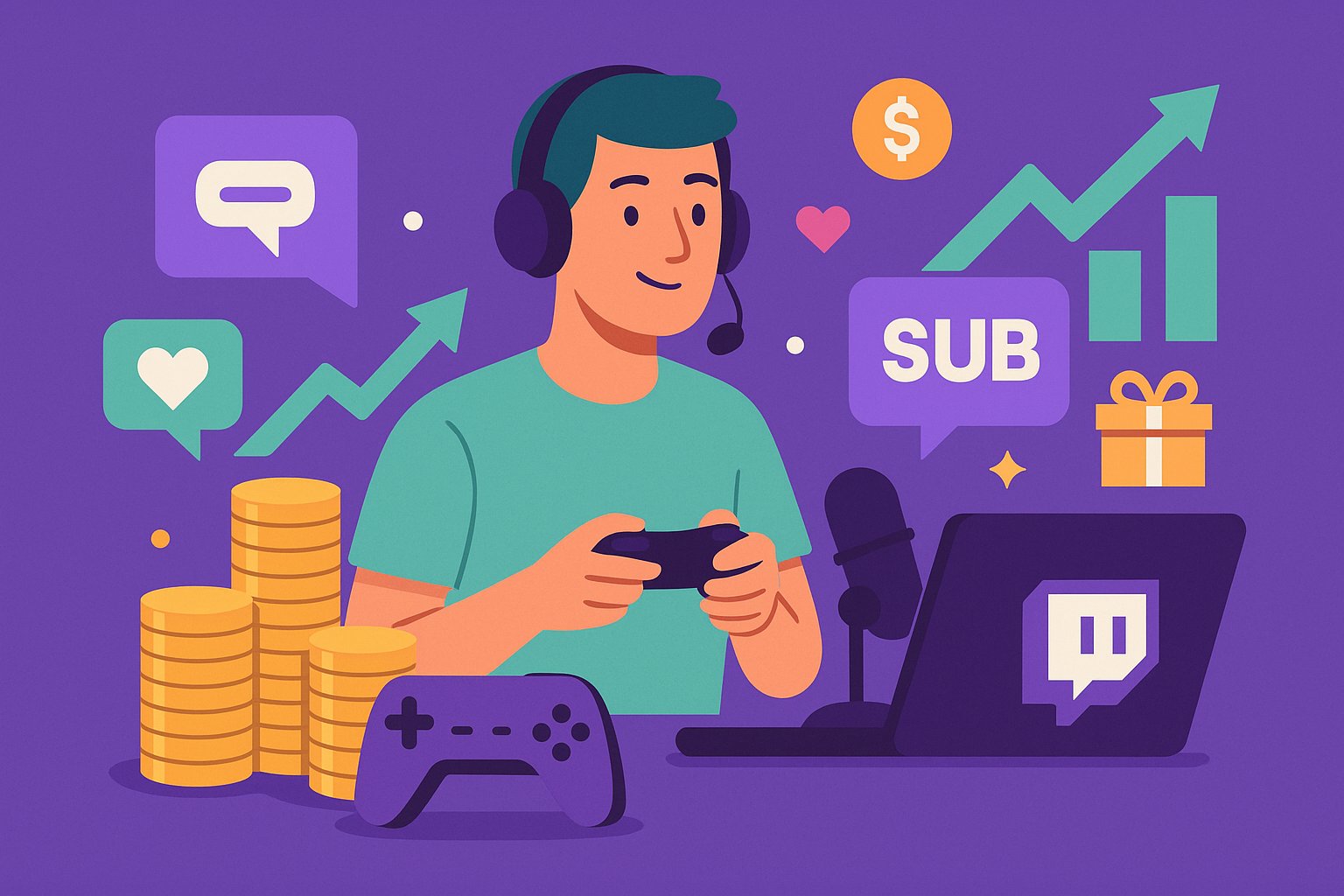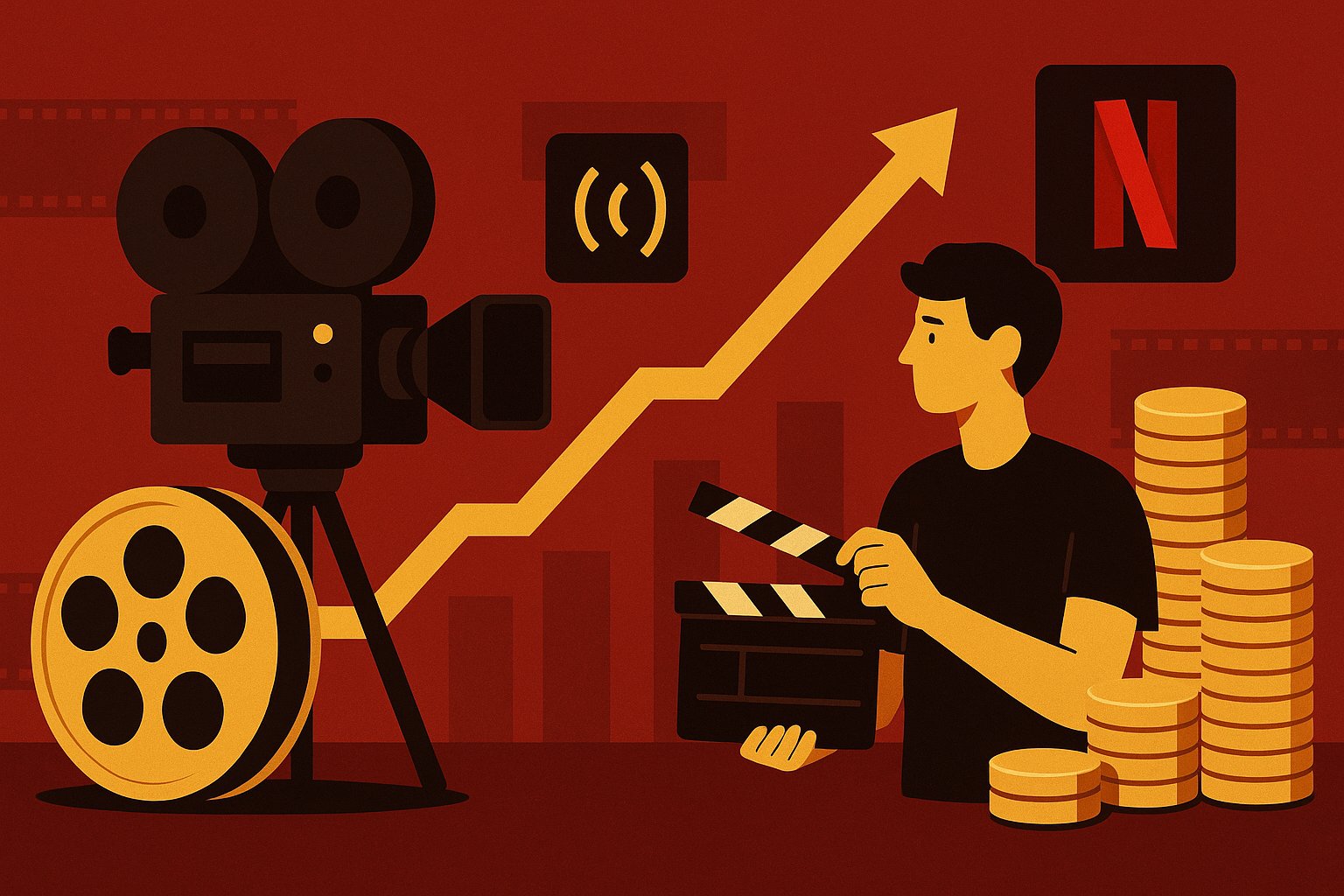Streaming Economics Unveiled: The Prelude to Change
In an era dominated by digital music platforms, indie musicians have often felt like small fish navigating a vast ocean, their potential earnings subject to opaque algorithms and centralized payout structures. The early days of streaming saw most platforms operate on a pro-rata model: all subscription revenue pooled together, then distributed based on each track’s share of total streams. While this approach rewarded mega-artists with massive play counts, it left emerging talents grappling for scraps. Metrics favored chart-toppers, resulting in skewed distributions that did little to reward artists with smaller but dedicated audiences. Understanding this backdrop is essential to appreciate how Spotify’s artist-centric revenue share model reshaped the landscape, tilting the scales toward more equitable outcomes.
Spotify’s Paradigm Shift: Embracing an Artist-First Philosophy
In response to growing criticism over streaming economics, Spotify introduced a landmark change: the artist-centric payment framework. Rather than pooling all subscription fees across millions of users and then sharing proportionally by total streams, Spotify proposed allocating each listener’s subscription fee directly among the artists they actually listened to. This pivot marked a philosophical and operational turn, placing individual listening behavior at the heart of monetization. It represented a commitment to fairness, ensuring that when a fan paid to stream music, their dollars would more directly reward the artists they supported. This section unpacks the motivations behind Spotify’s bold move and its intended ripple effects across the indie music community.
Decoding the New Payment Formula
Under the artist-centric model, Spotify begins by assigning each user’s monthly subscription fee—after deducting platform costs—to a personal listening “wallet.” If a listener streams exclusively from one artist, that creator receives the full payout. If they divide their listening among five acts, each artist’s share corresponds to their percentage of that listener’s streams. This micro-level allocation contrasts sharply with the old system, where an indie artist’s handful of streams would be averaged against the platform’s entire catalog. The net result is a more granular translation of plays to payouts. For indie musicians with loyal but smaller followings, this formula translates to a significantly larger slice of the revenue pie.
Data-Driven Payouts: Empowering Independent Artists
At its core, the artist-centric model leverages listener data to empower independent creators. By tying payouts to individual user behavior, Spotify ensures that emerging talents can monetize niche audiences effectively. Analytics dashboards provide real-time insights into who their listeners are, how often they engage, and which demographics most value their work. Armed with this granular data, artists can tailor marketing campaigns, plan targeted releases, and foster deeper fan relationships. This data-driven approach transforms streaming from a passive platform into an active partnership, where indie musicians can actively shape their revenue streams through strategic engagement.
Democratizing Global Reach: Expanding Market Access
Spotify’s artist-centric payouts also democratize access to global markets. Under the old pro-rata system, artists needed mass appeal across diverse regions to register meaningful revenue. The new model allows artists to thrive within localized or genre-specific communities and still benefit equitably. A folk musician in Scandinavia who enjoys a devoted following locally sees their revenue accrue directly from those fans, rather than being overshadowed by global superstars. Similarly, niche genres—ambient electronic, underground hip-hop, world music—gain a fairer share of the subscription pool because dedicated listeners contribute directly to the artists they champion. The world becomes both larger and more intimate for indie creators.
Contrasting with Traditional Pro-Rata Models
To fully grasp the impact, it helps to contrast Spotify’s approach with traditional pro-rata models. In pooled systems, one million streams of Ed Sheeran can eclipse ten million streams of smaller indie acts, simply because the former occupies a larger share of total plays. The result: revenue concentrates around superstar content. In the artist-centric framework, every subscriber’s fee is split only among the artists they stream, insulating indie acts from global play-count competition. This shift reshapes incentives: instead of chasing algorithmic virality, artists can focus on cultivating deep connections with their core fans, confident that each play carries fair financial weight.
The Technology Behind the Transformation
Implementing an artist-centric model at Spotify’s scale demanded significant technological innovation. Engineers reconfigured data pipelines to capture individual listener metrics, securely segment subscription revenue into micro-wallets, and apply precise allocation rules. Machine learning algorithms ensure real-time tracking of streaming behavior while preserving user privacy through anonymization protocols. Blockchain-inspired ledger systems record allocations in immutable, auditable formats, enabling transparent reconciliation and payouts. This infrastructure interweaves data fidelity, computational efficiency, and financial security to uphold the integrity of payments—even as billions of streams pour in daily.
Industry Reception and Collaborative Momentum
Spotify’s announcement reverberated across the music industry, prompting debates among artists, labels, and competing platforms. Major labels initially expressed caution, concerned about revenue fragmentation and potential contract renegotiations. However, many indie labels and artist advocacy groups applauded the change as a milestone for fairness. In the months following the rollout, other streaming services signaled intentions to pilot similar frameworks, igniting a broader industry conversation about equitable monetization. Collaborative initiatives emerged, bringing together platforms, rights organizations, and artist unions to refine allocation methodologies and ensure that all voices contribute to an evolving consensus on streaming economics.
Navigating Challenges and Constructive Critiques
No paradigm shift occurs without hurdles. Critics point to potential drawbacks: listener “wallets” may underpay artists if users explore thousands of tracks sporadically, diluting each artist’s share. Others caution that micro-allocations increase administrative overhead and complicate financial forecasting for labels and distributors. To address these concerns, Spotify continues to refine smoothing algorithms that balance individual wallet fluctuations against predictable revenue flows, while investing in automation to streamline reconciliation. Ongoing dialogue with stakeholders guides iterative improvements, ensuring the model evolves responsively to real-world feedback.
Strategic Takeaways for Indie Musicians
For indie artists seeking to leverage Spotify’s model, strategic planning is paramount. Cultivating a loyal core audience through direct engagement—exclusive content, live Q&A sessions, and personalized messaging—translates to sustained wallet allocations. Collaborations and playlist placements within niche communities amplify targeted exposure. Data analytics should inform release timing, regional marketing efforts, and merchandising bundles that reward superfans. By centering strategies on deep fan experiences rather than chasing viral peaks, indie creators can maximize the benefits of artist-centric payouts and build resilient revenue foundations.
The Broader Impact on Music Monetization
Spotify’s move toward artist-centric revenue sharing signals a broader shift in how music monetization evolves. As streaming solidifies its dominance, expectations for equitable payout models intensify. Beyond music, similar principles are influencing digital video platforms, podcast networks, and creative marketplaces. Fair allocation frameworks catalyze a virtuous cycle: when creators earn more reliably, they invest in higher-quality content, enriching the ecosystem and driving subscriber growth. Ultimately, artist-centric models demonstrate that aligning financial incentives with authentic audience engagement fosters a healthier creative economy—one where diversity thrives and innovation prospers.
A Vision for the Future: Sustaining Momentum
Looking ahead, the artist-centric philosophy extends far beyond Spotify. Emerging blockchain platforms promise peer-to-peer micropayments that deliver instant, traceable rewards. Smart contracts could automate milestone bonuses for indie creators as they hit streaming or engagement benchmarks. Cross-platform integration might pool listener wallets across services, offering seamless payouts from a unified subscription fee. As technologies mature and industry norms solidify, the core principle endures: when an artist’s fans invest in their work, those dollars should flow as directly and transparently as possible. This enduring vision will guide the next wave of music monetization, empowering indie musicians to thrive on their own terms.
Harmonizing Artistry and Economics
Spotify’s artist-centric revenue share model represents a watershed moment in streaming history, redefining how musicians—particularly indie artists—monetize their creative output. By translating each listener’s subscription fee into a personalized payout, the platform has fostered a new paradigm of fairness, empowering niche talents to capture value directly from their most passionate supporters. Although challenges remain, the model’s core ethos—aligning economic incentives with genuine listening behavior—offers a blueprint for sustainable, equitable growth in the digital music era. For indie musicians, this evolution heralds a future where artistry and economics harmonize, opening avenues for creativity to flourish and communities to connect through the universal language of music.




